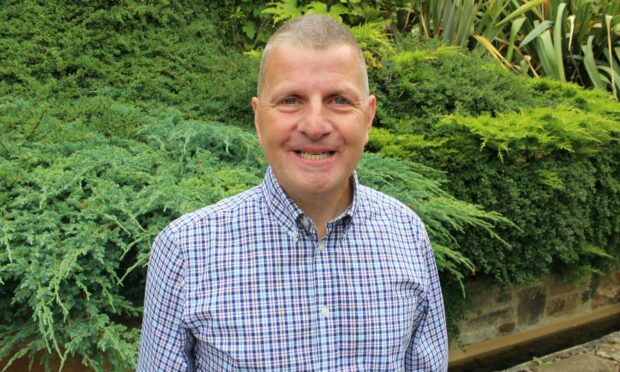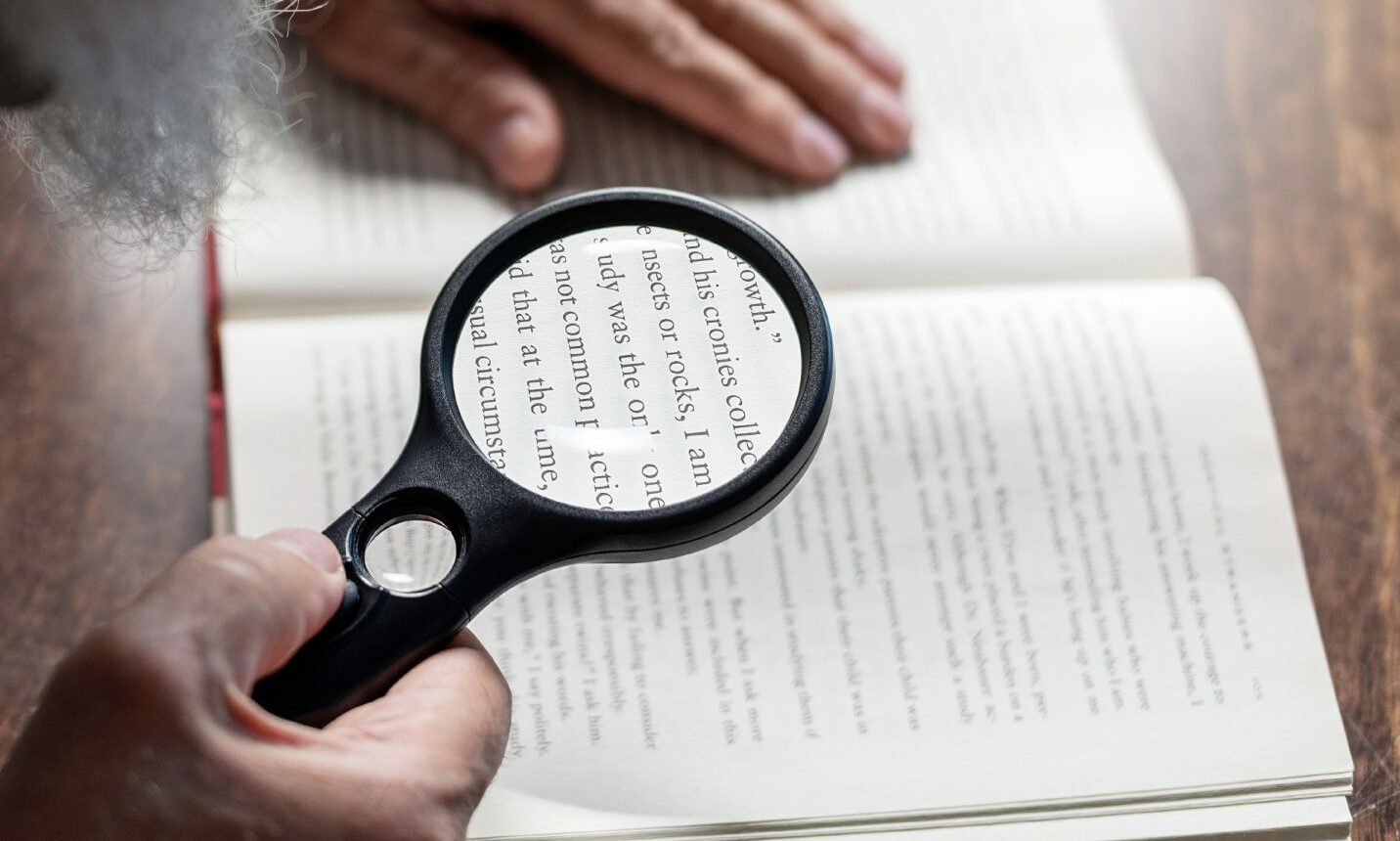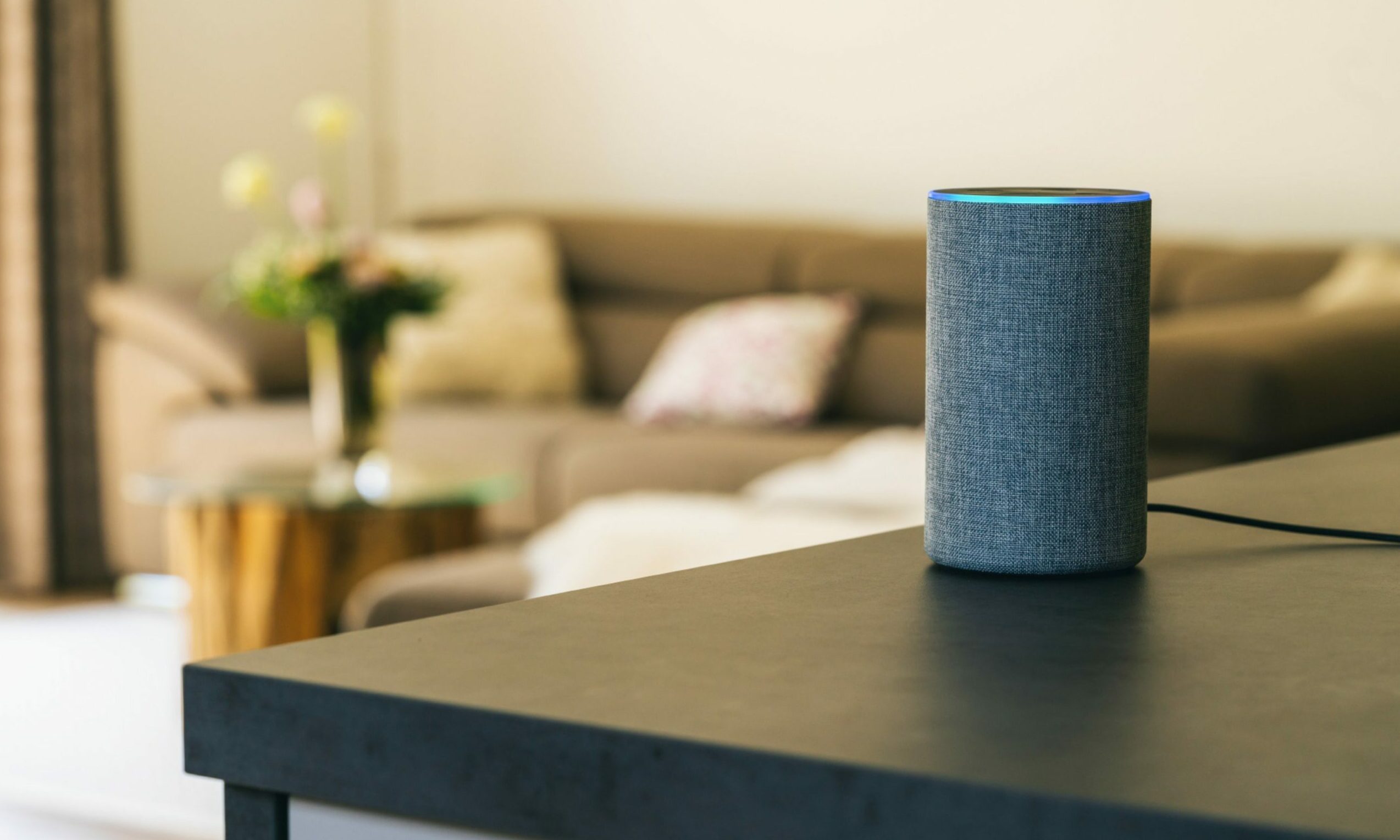A sight loss diagnosis is often life-changing, not just for the individual but their loved ones as well.
This week charities Sight Scotland and Sight Scotland Veterans launched a free helpline to offer support and guidance to all affected.
We spoke to their head of community services, Colin Hilditch, who has offered advice to family members, friends and carers in this position.
Do your research
“First and foremost, it’s about providing information and advice about the sight loss condition so they can do some research themselves,” he explained.
This could be through talking to the person’s GP, consultants or contacting Sight Scotland.
“If your loved one has received a sight loss diagnosis, supporting them emotionally is about learning how it might affect them and what they still want to be able to do.
“We’re in the wings to provide that, but there are other sources of information – and that’s where to start.”
Life continues post-diagnosis
Colin says it is very important to listen to the person’s wants and needs, rather than making decisions on their behalf.
“Listen to them and see what they still want to be able to do – that could be cooking, or sports or leisure,” he said.
“The biggest thing post-diagnosis is they imagine that everything has to stop, and it doesn’t.”
Colin explained the situation of one man the charities have been helping in Edinburgh.
“He likes to put on a bet, but imagining he wouldn’t be able to continue doing that.
“But with the aid of a magnifier, he’s still able to see a better slip.
“It sounds really simplistic, and like such a small thing to us, but to him it’s massive.”
Don’t start rushing
Sometimes people caring for someone with a sight loss diagnosis can go into “overdrive”, attempting to fix problems before they have even arisen.
Most conditions are progressive, and take time to develop, meaning there is no need to immediately start rushing.
“You don’t have to do everything straight away,” Colin said.
“Talk to the person and see what might need to be changed.
“It could be as simple as making sure there are no things to bump into, or making sure the lighting is good for them to use the sight that they have.
“You can do some simple things yourself before you even get to the equipment that exists to help the individual.”
Tech can help
So-called assistive technology can be used to help people with sight loss – with some gadgets already household staples for many.
Colin says smart speakers, including devices made by Amazon and Google, can make a world of a difference for some.
He added: “It can do a lot for somebody as you can download audiobooks, set alarms for medication, play music from certain decades and get the news and weather.
“If you have a smart home, it can be linked to your heating.
“There’s a lot you can do for the bit of kit that it is.”
Remember – they’re still the same person
“The person is still the same person they used to talk to and visit, it’s just that now they have sight loss,” Colin said.
He said the situation can be used as an opportunity to ensure you remain connected and involved in their life.
“There will be things they want to continue doing, and just because they’re losing their sight, they don’t need to give up everything.
“Sometimes it will be challenging and involve some equipment or different arrangements socially, but they should be able to continue doing it with some support.
“They’re still the same person, just be mindful they might not be able to do things in the same way as the part – but they can still do them.”
The charity’s freephone helpline is available on 0800 024 8973 from 9am-5pm on weekdays.


